ж∞іжЫЬжЧ•, 2жЬИ 23rd, 2011...5:52 PM
Negishi and Iriya Walking Guide
Reading time: About 4 minutes
Negishi and Iriya Walking GuideNegishi and Iriya retain a number of long-established shops and artisans who observe their traditions. Many places in these two areas have escaped war damage and therefore visitors can enjoy the atmosphere of traditional shitamachi landscape.
Let me begin with Nippori Station for todayвАЩs walk. Nippori Station is one of those stations where Narita Sky Access has extended their services to, making Nippori Station a gate to the city center from Narita Airport.
Getting out of the east exit and headed to Uguisudani Station, you will see вАЬHabutae DangoвАЭ, a dango (boiled or steamed ball of rice flour) shop established in 1819. Great writers including Natsume Soseki and Masaoka Shiki were famous repeat customers.
This shop was named after the good reputation that their dango were as smooth as habutae (one of the basic plain-weaves in silk). They offer two kinds of dango, toasted dango and dango jammed with sweet bean paste.
Eating dango at the shopвАЩs garden can be stylish.
This is the museum of Hayashiya Sanpei, a famous rakugoka (professional comic storyteller) from Negishi. The museum exhibits his scripts, clothes, idea notebooks, records and so on. It also has some tricky setups and fancifully entertains visitors.
Nearby stand Shiki-an and the Museum of Calligraphy. Shiki-an is the former residence of the poet Masaoka Shiki. He stayed there until his death. It was once burned down due to war damage, but rebuilt almost completely in the following year.
The Museum of Calligraphy displays a number of precious materials and art works related with Japanese or Chinese calligraphy including bronze tools and writing materials.
It is highly recommended to stop by at Sasanoyuki. This is a very old tofu shop with the history of 300 years. Its external appearance has a very artistic style as a long-established shop.
They keep using well water even today.
There is a school building called Negishi Elementary School across the road. This school was established even before 1871, the year when the Meiji government promulgated the Japanese modern education system.
You will find some stone statues of Jizo on a roadside nearby.
Passing by the backside of the school, you will find Tegona Senbei on one of the corners on the intersecting point of five roads. Tegona Senbei is a notable senbei shop in Negishi. The shop has been running for more than 50 years, offering the popular senbei with the good flavor of soy sauce.
I found a monument commemorating the establishment of Negishi Elementary School in a temple on the way. The school was first built there in 1874, but was relocated to where it is now.
Negishi is full of old temples. Gogyo no Matsu was a famous pine tree in Edo (todayвАЩs Tokyo) and today only part of it remains. You can find it on the northern side of Yanagi Dori. It is estimated that the tree had the height of 13.6 meters and the circumference of 4.1 meters.
The first one died in 1928 and was later cut down. The tree you see today is the third generation.
Headed to the east on Yanagi Dori, you will then find Ono Terusaki Jinja (shrine) on the way to Iriya Station. This shrine retains the faith in Mt. Fuji and contains a Fujizuka, an imitated Mt. Fuji, since they brought a rock from the actual Mt. Fuji in 1782.
The Fujizuka is available to public only on June 30th and July 1st. Out of many different Fujizuka in Tokyo, the one in this shrine is said to be very magnificent.
Igarashi Chochin is one of those old shops found in this area. It was established more than 130 years ago and has kept producing handmade paper lanterns.
Right nearby Iriya Station stands Iriya Kishi Jinja. The summer market of morning glories held in this shrine is particularly famous.
TodayвАЩs last place to visit is Kitayama Coffe Shop. On the piece of paper posted on the shop says вАЬThis shop is not multipurpose. It is only for drinking coffee.вАЭ
Taking pictures inside the shop is, of course, prohibited.
The coffee they offer is slightly viscous and has a strong flavor of charcoal along with that of coffee. This is a rare kind of coffee, something you canвАЩt taste frequently.
This coffee shop has an intense originality and therefore it is highly recommended to visit here.
вЦ†Related Post
*SUN the StudentвАЩs Fruit and Vegetable Shop
*Iriya Asagao Ichi (morning glory fair)
*









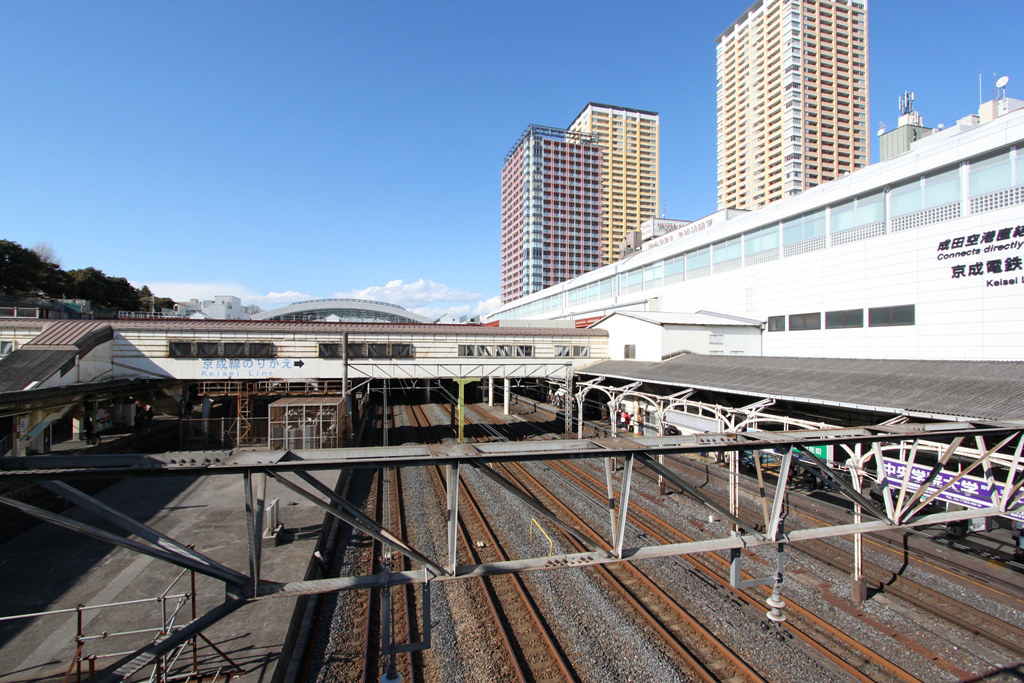
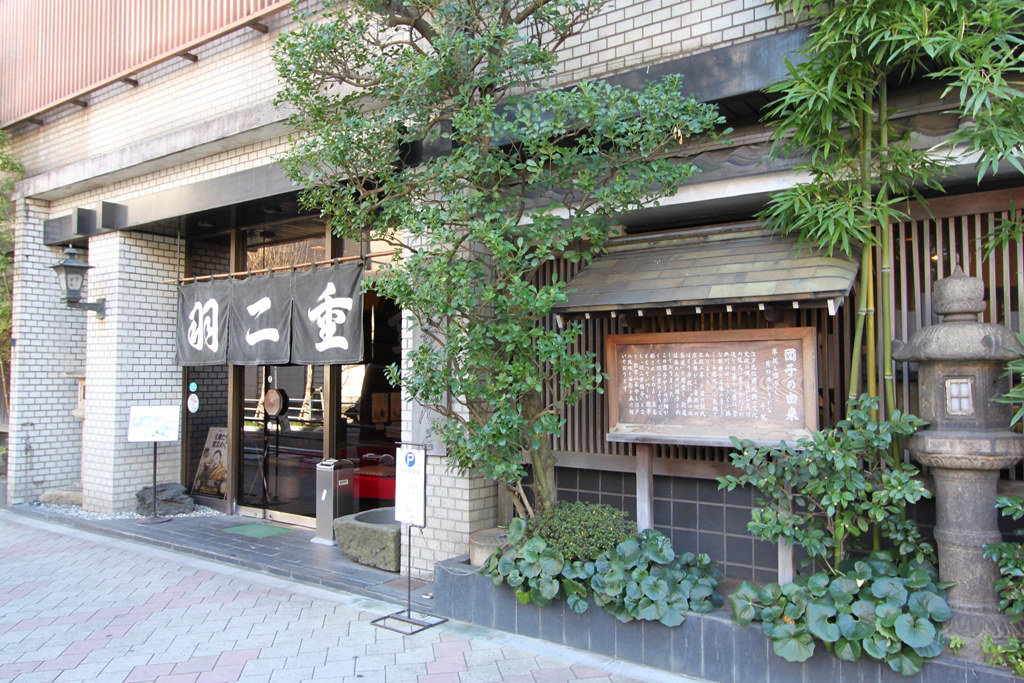

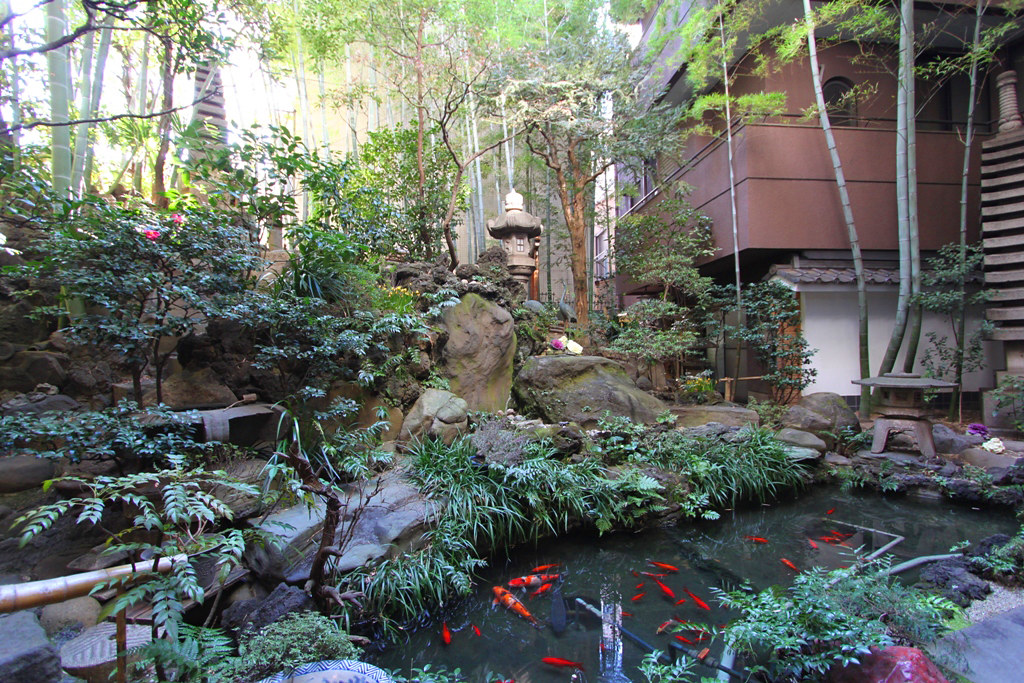
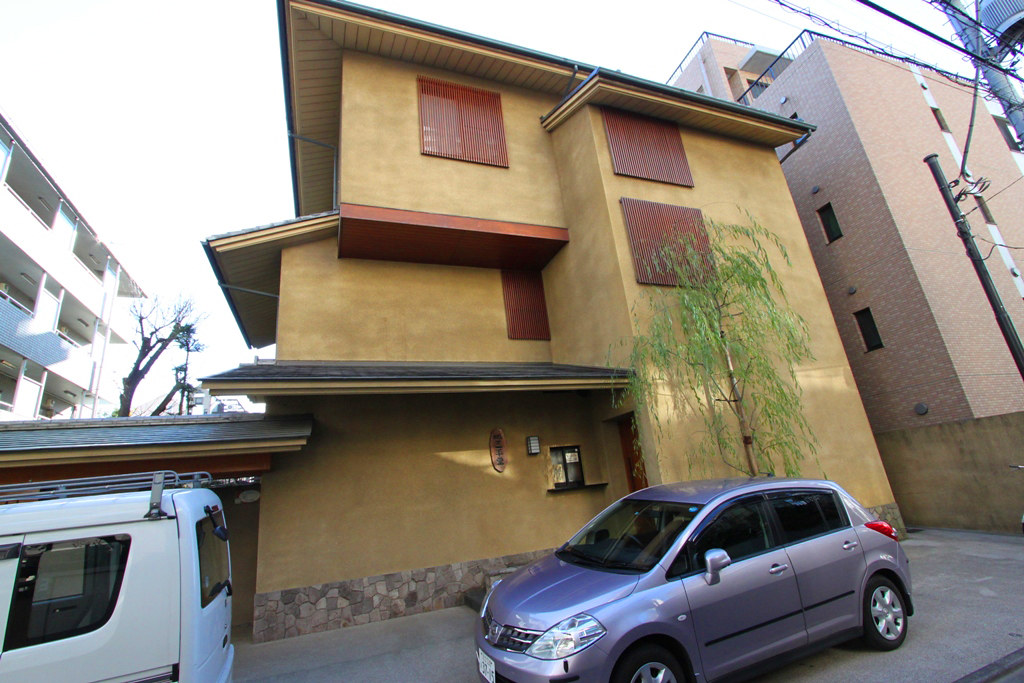
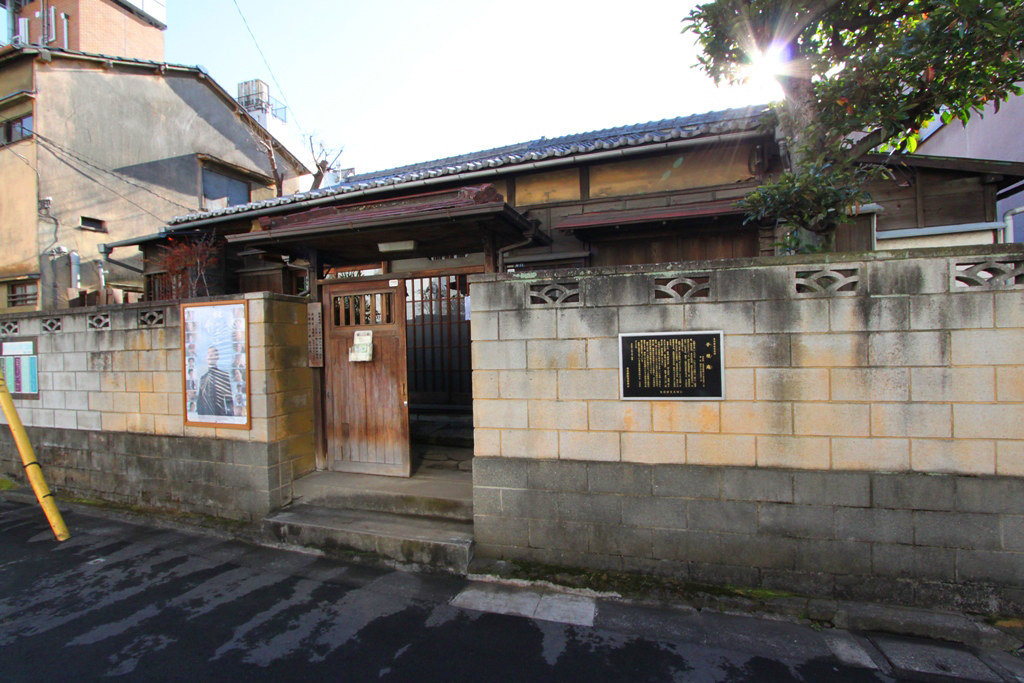
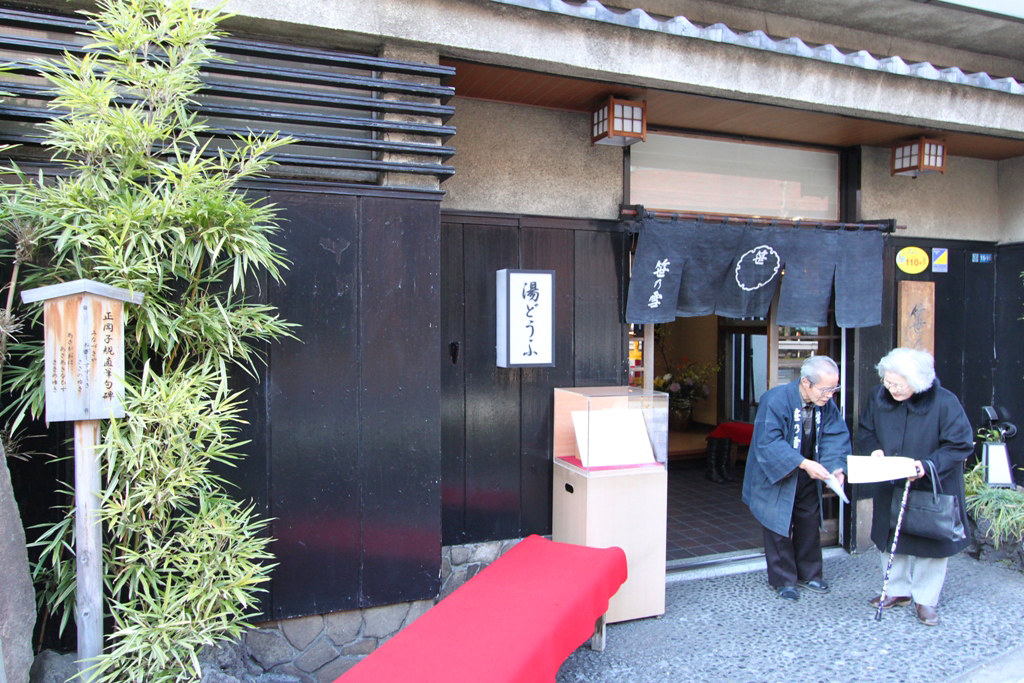
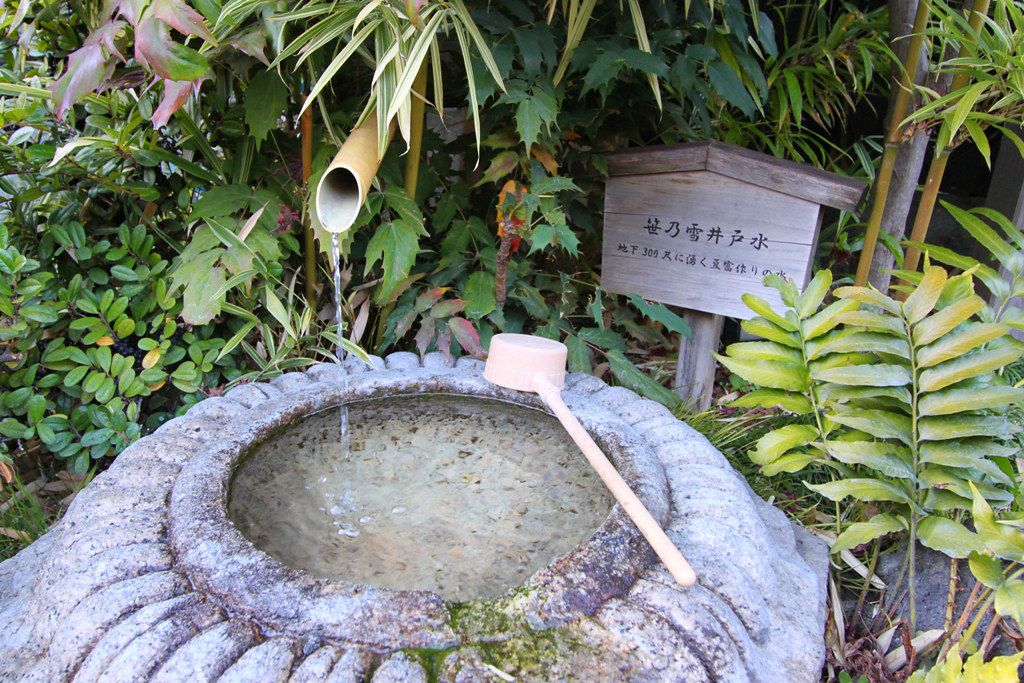
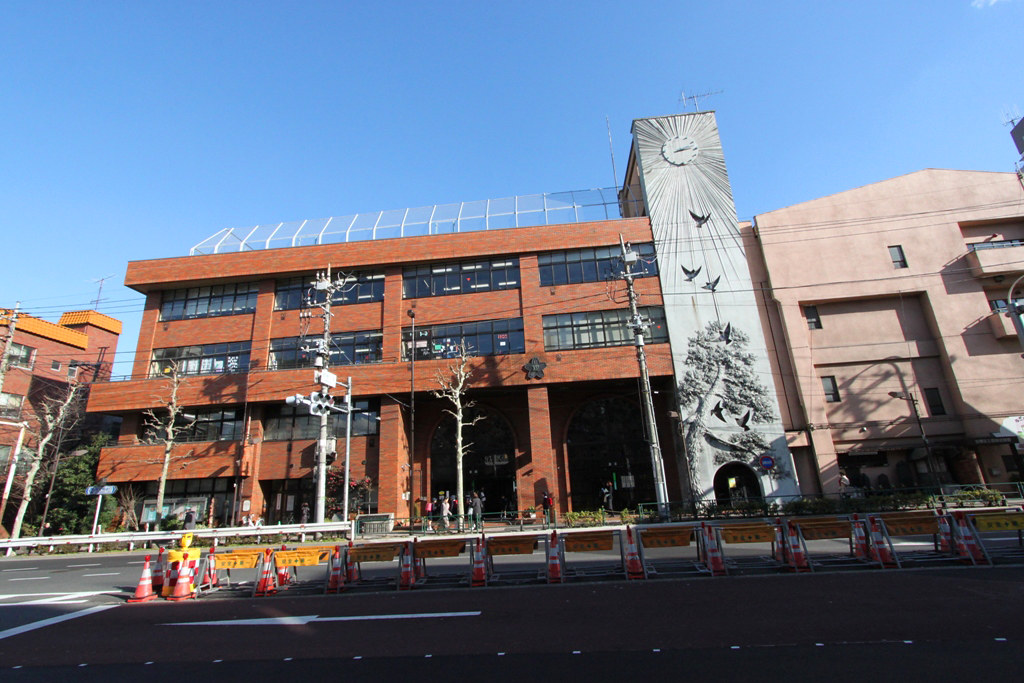
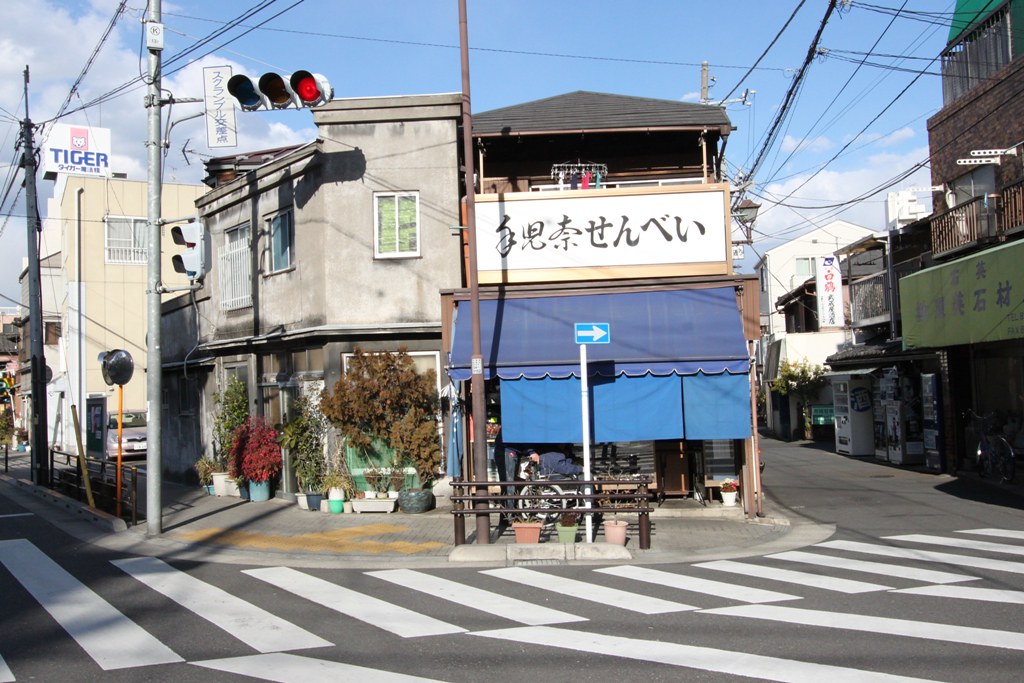

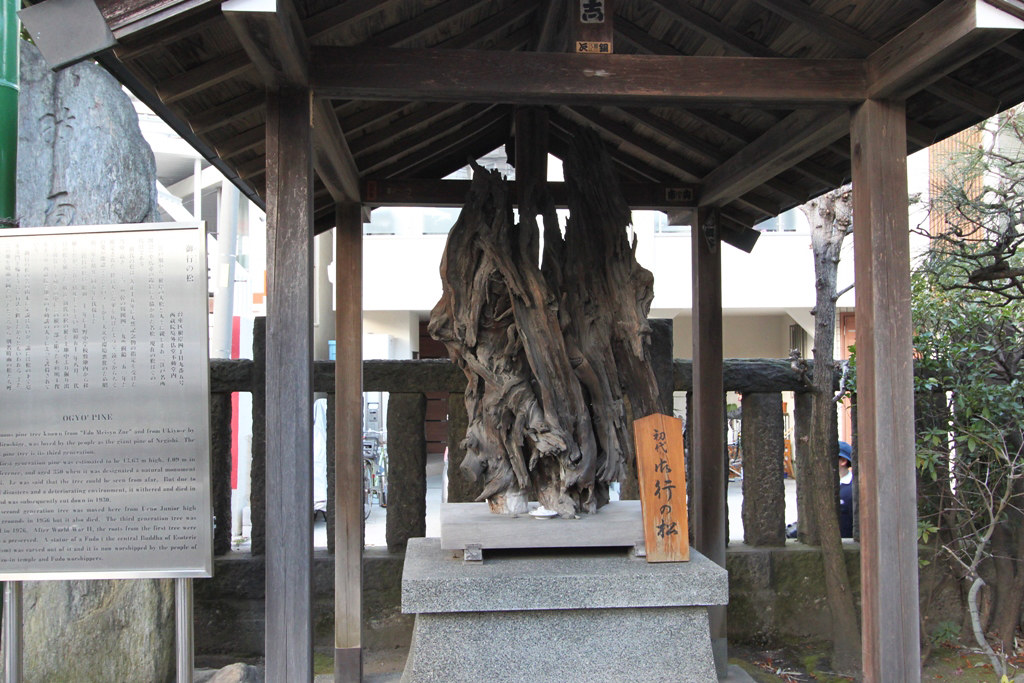
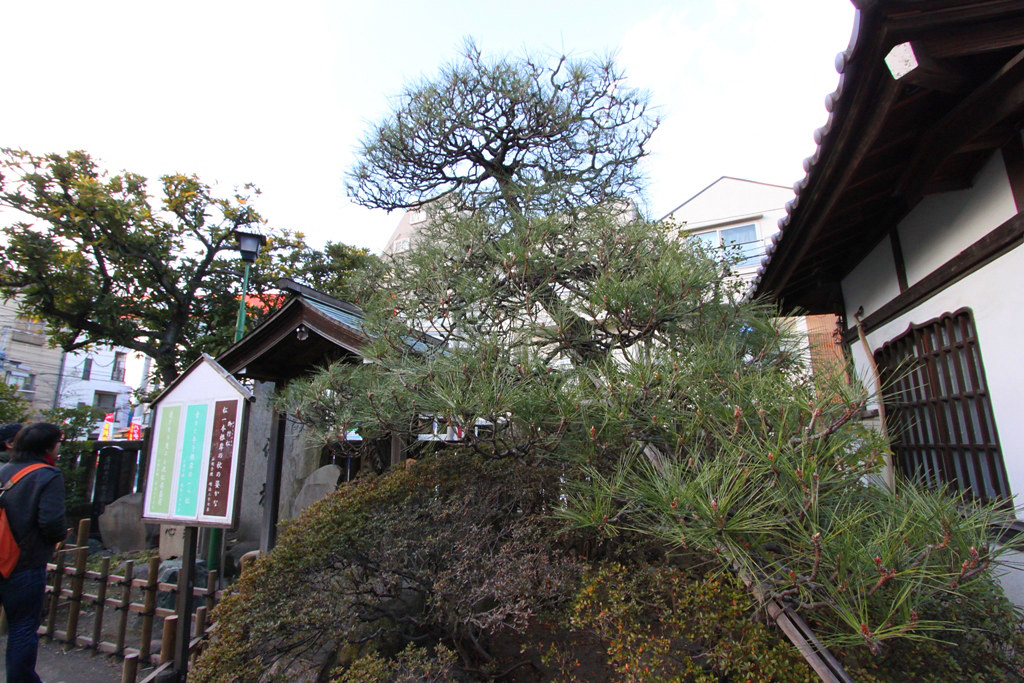
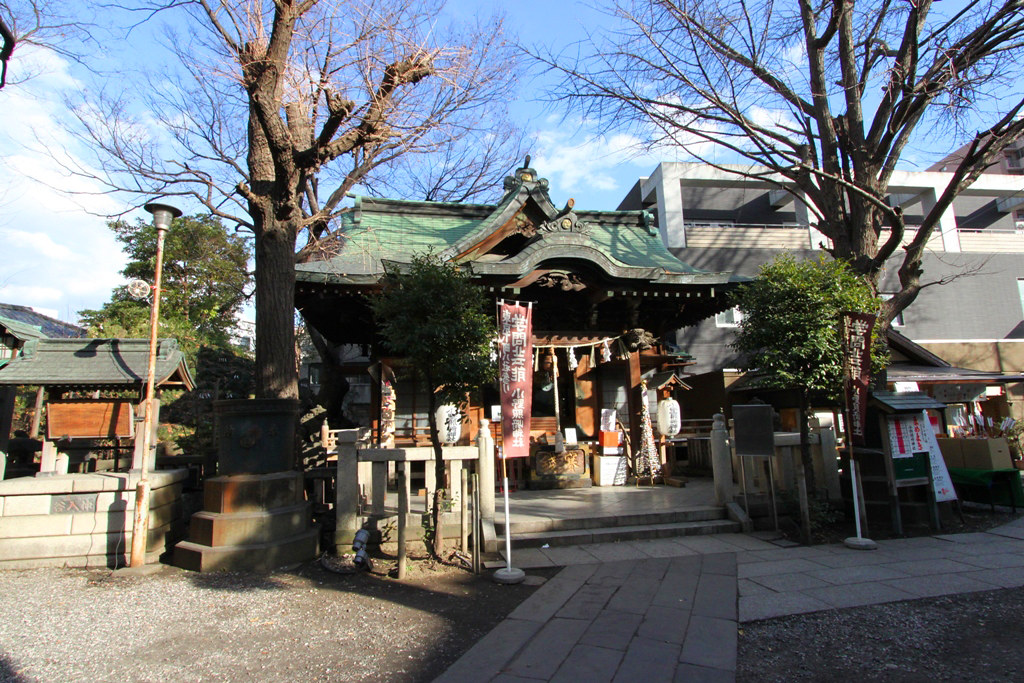
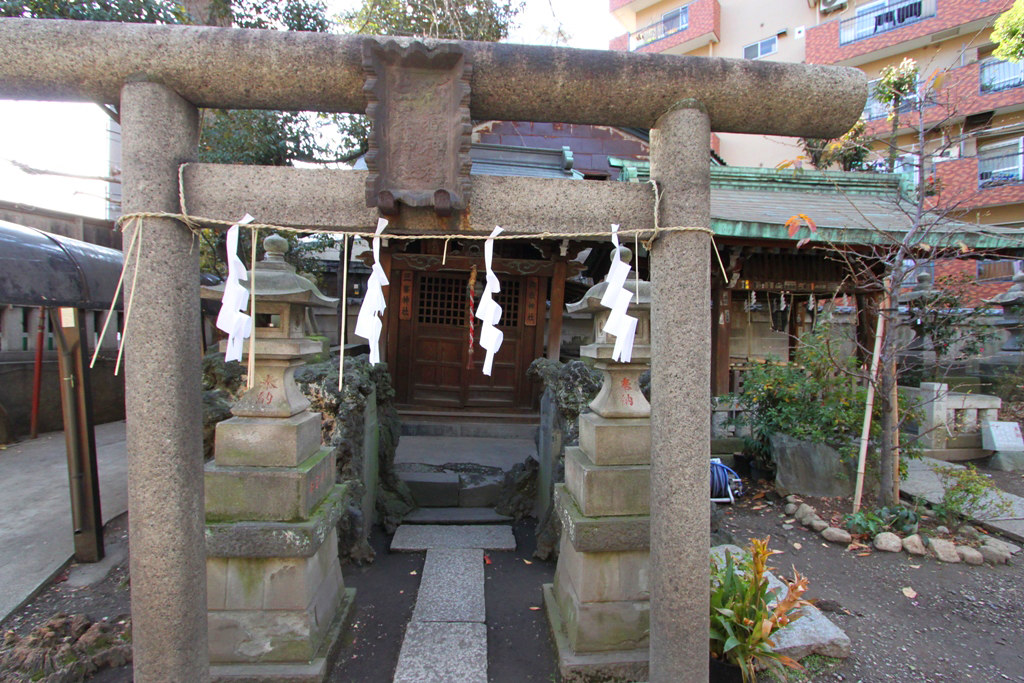

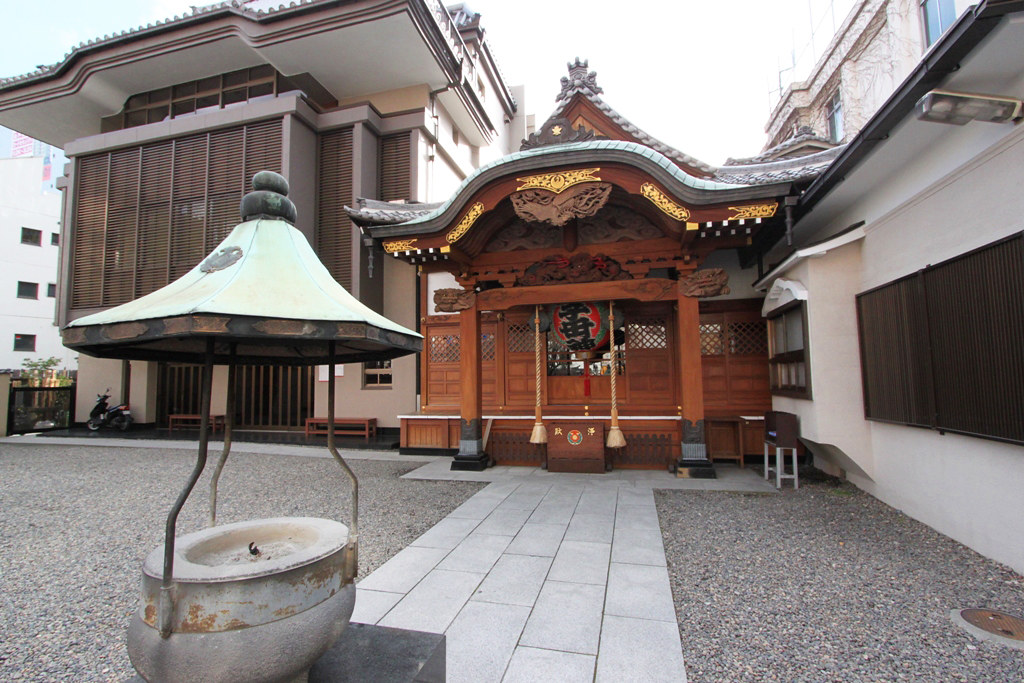
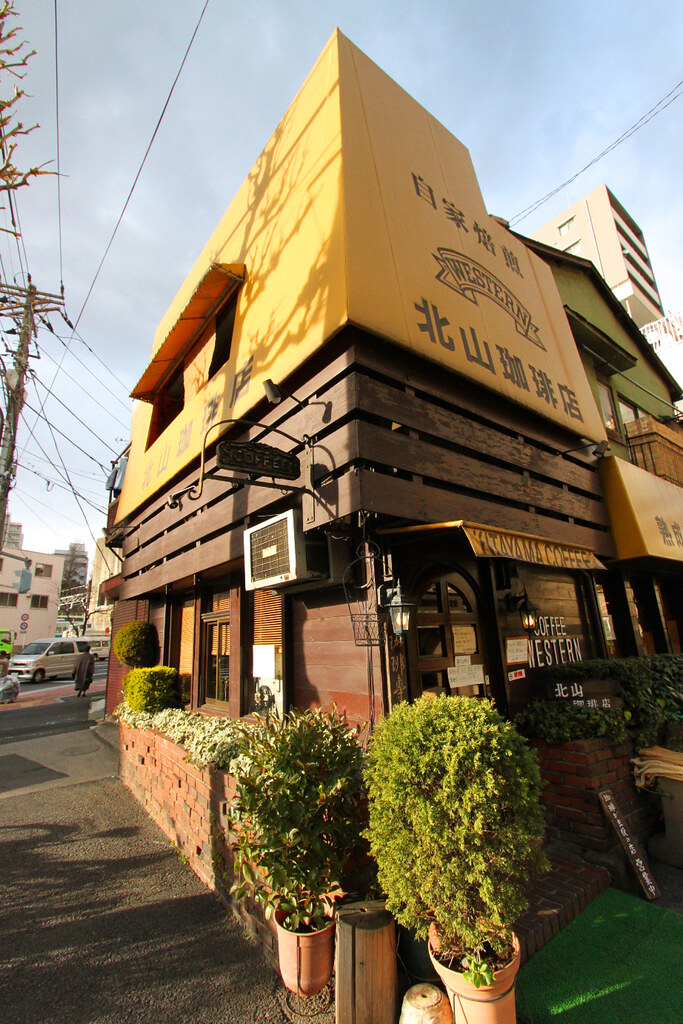











Leave a Reply